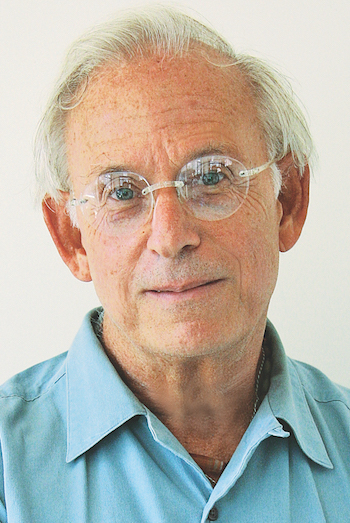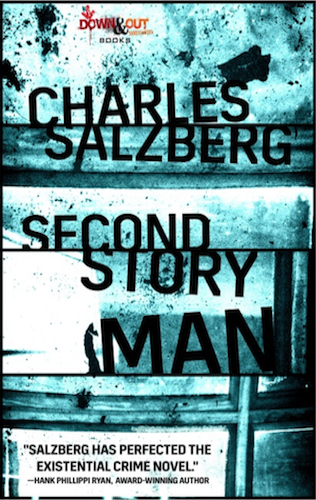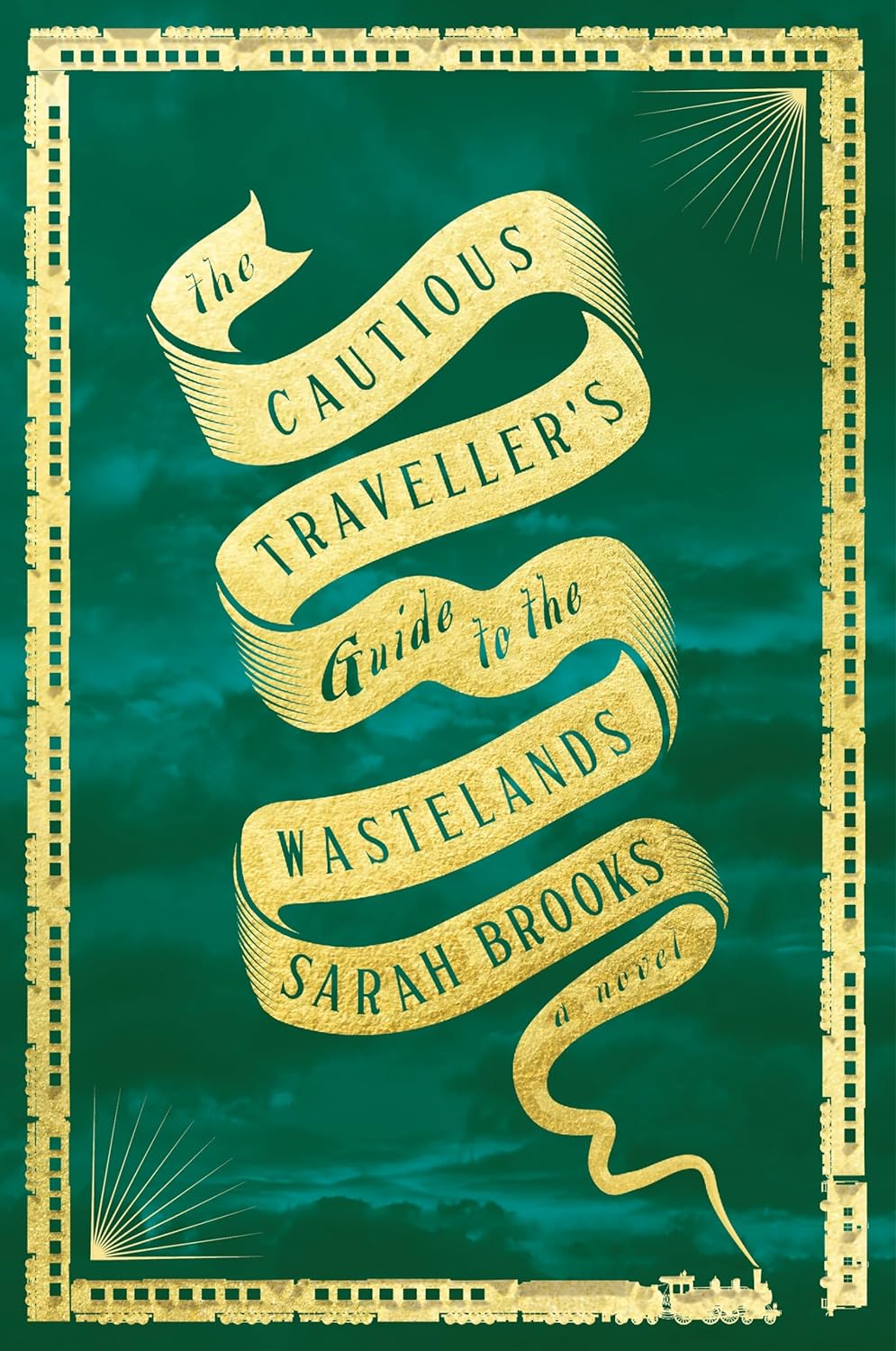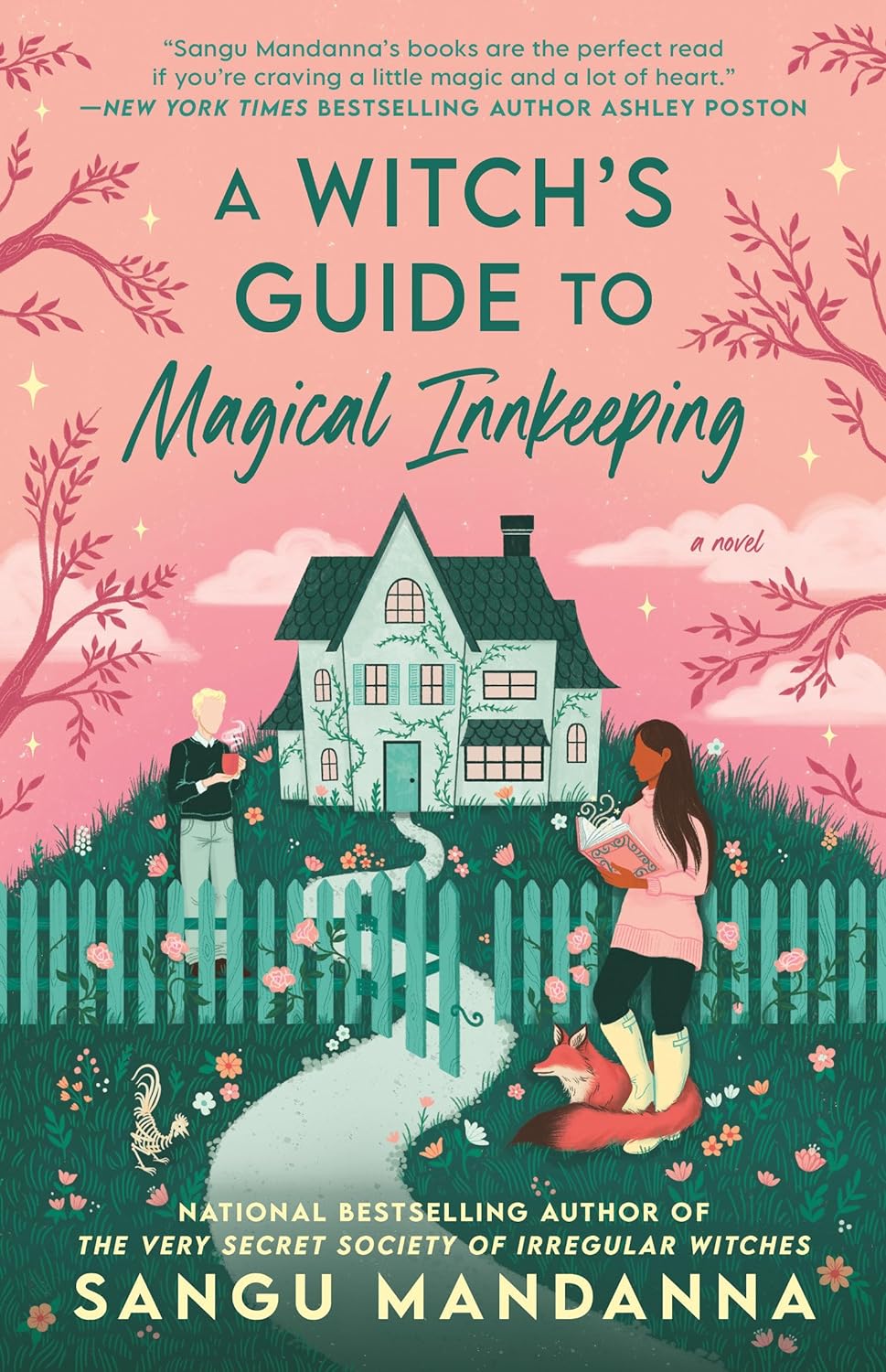 Sometimes the Toughest Thing Is To Live In Your Own Skin
Sometimes the Toughest Thing Is To Live In Your Own Skin
There’s the hard way and the easy way to do things. In life, I’m more apt to look for the easy way, cutting corners, taking shortcuts whenever I can. But when it comes to writing fiction I always seem to wind up doing things the hard way. But once I’ve chosen that “hard way” it’s difficult to imagine there was ever any other way.
In my latest novel, Second Story Man, I’ve chosen to tell the story from three distinct points-of-view. It’s not the first time I’ve chosen to tell a story through the eyes of multiple characters. In Devil in the Hole, the reader gets the story from twenty different characters. It was not an arbitrary choice. The novel is based on a true crime, and I chose to use the conceit that a journalist is interviewing various people about the murders and the murderer (although the journalist never appears on the page). Each chapter is told by a different person: the neighbor who calls the cops when he suspects something is amiss in the house across the street; the cops who answer the call; the town chief of police; a local minister; relatives of the murderer; a hooker; people the murderer meets as he escapes; and finally, the killer himself.
Novelists have to make several crucial decisions before we begin. The characters. The Setting. First person, second person or third person. Omniscient narrator, unreliable narrator, limited narrator. Voice. Past tense. Present tense.
I’ve always favored first person because it eliminates a wall between writer and reader, and it allows me to get directly into the head of the character telling the story. Also, the way someone speaks and thinks tells volumes about the character. But choosing to tell your story through multiple characters is risky. The biggest risk is that everyone sounds the same, and if that happens, you’ve not only failed, but there’s a good chance you’ve lost the reader. Apparently, I was able to pull it off in Devil in the Hole, because in all the reviews of the book, including in-person critiques by friends, there was not one word questioning the authenticity of the voices.
In Second Story Man, I decided to use a variation of the same technique, but this time limiting it three characters who tell the story. That meant creating believable characters whose voices reflect who they are. In a way, you’re creating a different language and tone for each of them.
 First, there’s Charlie Floyd, a recently retired Connecticut State Investigator, Manny Perez, a Cuban-American Miami police detective, and the lynchpin of the novel, Francis Hoyt, a master burglar, arrogant, manipulative, unscrupulous and daring.
First, there’s Charlie Floyd, a recently retired Connecticut State Investigator, Manny Perez, a Cuban-American Miami police detective, and the lynchpin of the novel, Francis Hoyt, a master burglar, arrogant, manipulative, unscrupulous and daring.
I borrowed Floyd and Perez from Devil in the Hole, so I had a pretty good idea how they spoke and the prism through which they saw the world. But Francis Hoyt was a new creation, and he was especially difficult, because he’s furthest from who I am. He’s an ex-con, from an abusive home, who’s been in trouble all his life, who has to continually prove himself, and his “voice” has to reflect that. And so, from the very first line of the book, I had to get it right. Where’s my fucking money? That’s a line that could not and would not be spoken by either Floyd or Perez. For me, it said everything about the character. He doesn’t say, I’d really like to have my money. Nor does he say, You know, you owe me some money. Inherent in that first line is a threat, made by someone who knows how to make that threat a reality. From there, it was relatively easy, because Hoyt’s voice was in my head. So easy, that whenever I got to one of Hoyt’s chapters, I knew I was going to have some fun.
Manny’s voice presented a bit of a problem, because he’s not a native English speaker. Born and raised in Cuba, he’s come to America to escape the Castro regime and make something of himself. Although all three characters are pursing some version of the American Dream (Hoyt’s may be perverted, but his obsession with being the best is very American), it’s Manny who is the most vocal about it. He is an unabashed fan of America and a lover of the English language. His first lines are: I love America. It is the land of the free and the home of the brave. America has been very good to me and when people are not good to it I become a very angry man…
In a way, writing in different voices makes you something akin to an impressionist, able to inhabit many different skins. And sometimes the toughest thing is to live in your own skin.








No comments yet.